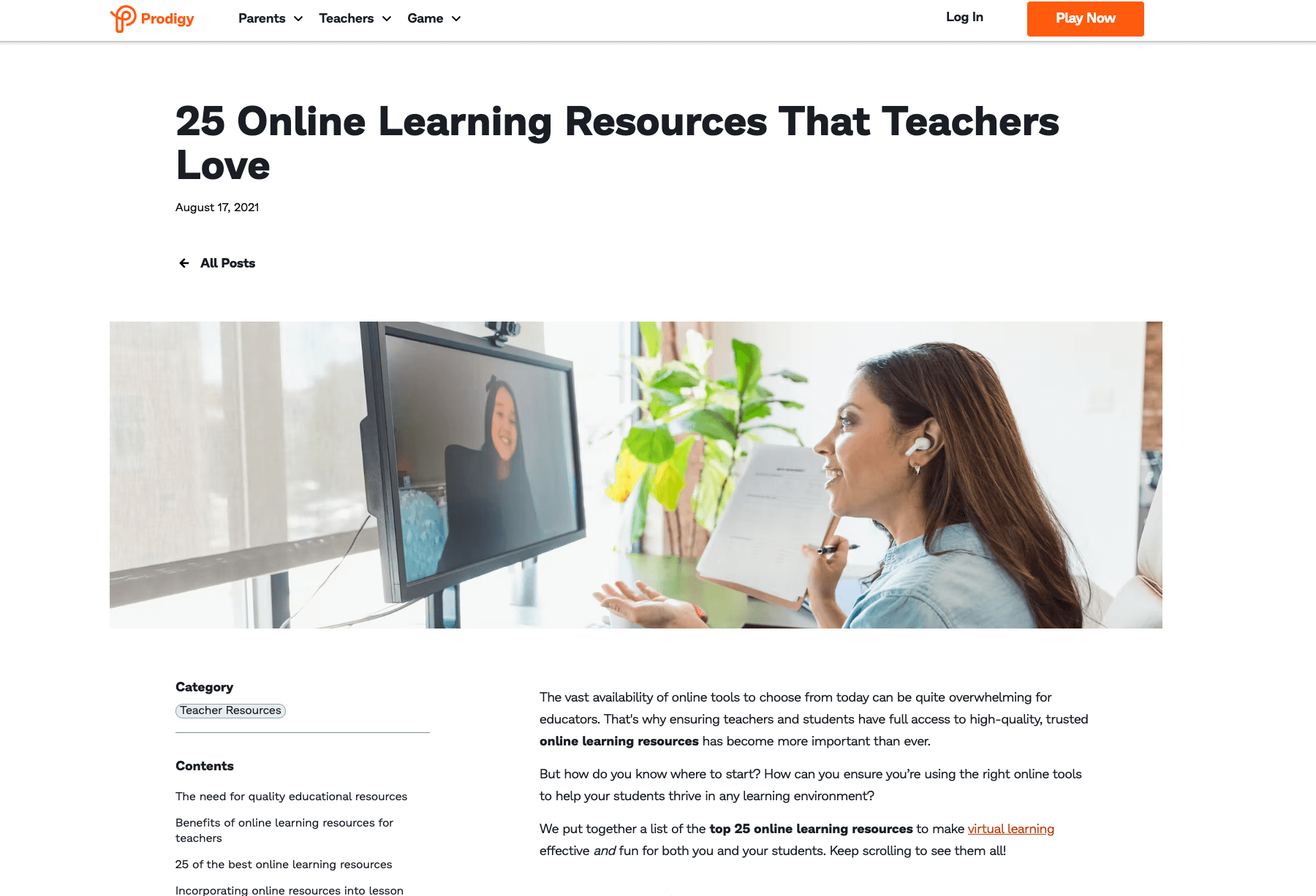EdTech is a booming industry. According to the Fortune Business Insights™ EdTech and Smart Classroom Market Business Analysis and Growth Forecast 2023-2030, the industry is expected to generate $319.65 billion by 2029. For marketers, that means there is a massive opportunity for brand growth—coupled with the looming presence of more competition. How do you find your footing, plant your flag, and turn your brand into an industry leader? By building a strong content strategy and using every marketing tool available. Fortunately, we know exactly which of those tools can be most powerful in EdTech marketing.
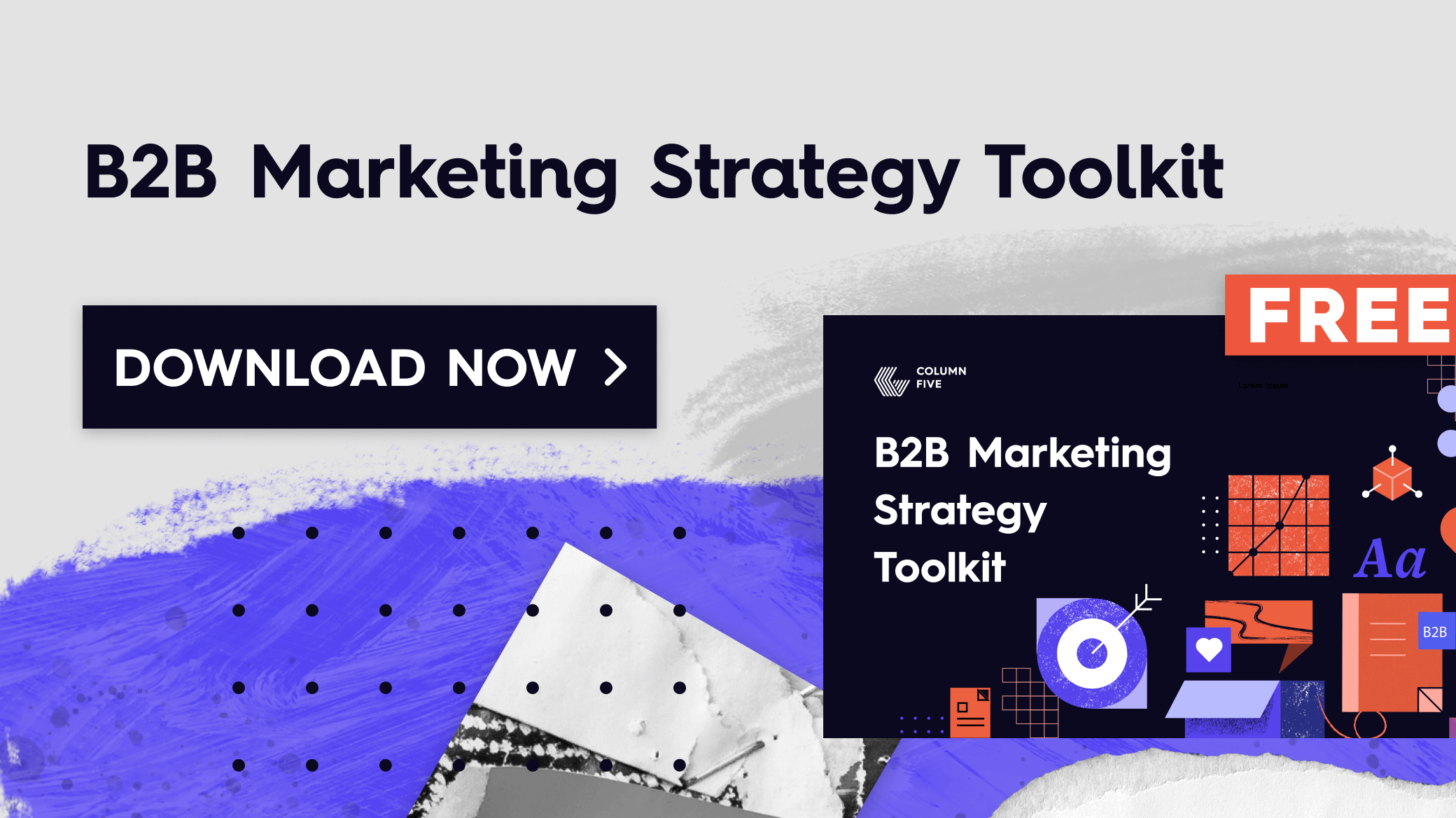
10 Ways to Succeed in EdTech Marketing
No matter your audience, if you can craft omnichannel campaigns around any (or all) of the tactics we’re talking about today, you can massively improve your results. So without further ado, let’s dive into the marketing strategies you should use to connect with your audience—and convert them—one piece of content at a time.
1) Search Engine Optimization
Search Engine Optimization (SEO) is the practice of optimizing your website content to rank higher in search engine results pages (SERPs). Your blog is the best way to do this. Publish high-quality, in-depth content around your target keywords and you’ll increase your SEO visibility one article at a time.
Tip: To create a successful SEO strategy, you need to know what your audience is searching for. Start with our guide to find the right keywords for your brand, and ensure your website is optimized for those keywords, too.
Example: Prodigy makes Math and English fun for kids with adaptive learning games. To connect with their audience—and provide value—they target terms like “online learning resources,” creating rich content that provides helpful information to their audience—and ranks highly.
2) Social Microcontent
Microcontent is a great way to engage your audience online, whether you’re sharing tips, graphics, statistics, video, polls, or other content. It’s a particularly great way to have fun and express your brand personality, and it can be a great way to build community too. But don’t try to do everything on every social platform. Identify the social media platforms where your audience is most active and create a social media strategy that includes regular posts, engagement, and paid advertising.
Tip: Find out more about how microcontent can help you maximize your content and connect with your audience, see our tips to choose the right platform for your brand, and find out what social metrics you should be measuring.
Example: Greenlight is an educational money management app for families that engages their audience with a delightful array of bright, bold, and informative content across social. One glance at their Instagram grid, and you can instantly get a sense of their brand and mission.
View this post on Instagram
3) Email Marketing
Email marketing is an incredibly important channel, allowing you to share valuable content, promote your products, and nurture your leads. Drip campaigns, regular newsletters, reader polls, and other high-value content will keep your audience engaged (and educated) about what your brand is doing.
Tip: Segment your email list based on user behavior and interests to ensure your emails are targeted and relevant. Here are 10 additional ways to ensure you’re mastering your email marketing.
Example: Sitepoint helps you learn and practice in-demand tech skills. Their welcome email, a roundup of helpful content, provides immediate value and introduces subscribers to their ongoing support resources.

4) Interactive Tools
Interactive tools, such as quizzes, calculators, and games, are a great way to help your audience and make them an active participant in the experience. Tools to help them do something (or learn something) tend to be the most popular types of interactive content. They can also be great sources of entertainment, especially if they’re gamified. Best of all, gated interactives can be used as lead magnets.
Tip: Think about your audience’s needs, as well as your areas of expertise, to identify ways that an interactive tool might serve them. You can also follow these tips to brainstorm interactive ideas.
Example: Girls Who Code is a nonprofit that teaches girls to write computer code. To call out one of the most pervasive problems in video gaming (the over-sexualization of female characters) and promote the organization’s mission, they brilliantly created an interactive experience Girls Who Code Girls to allow girls to code REAL girls.
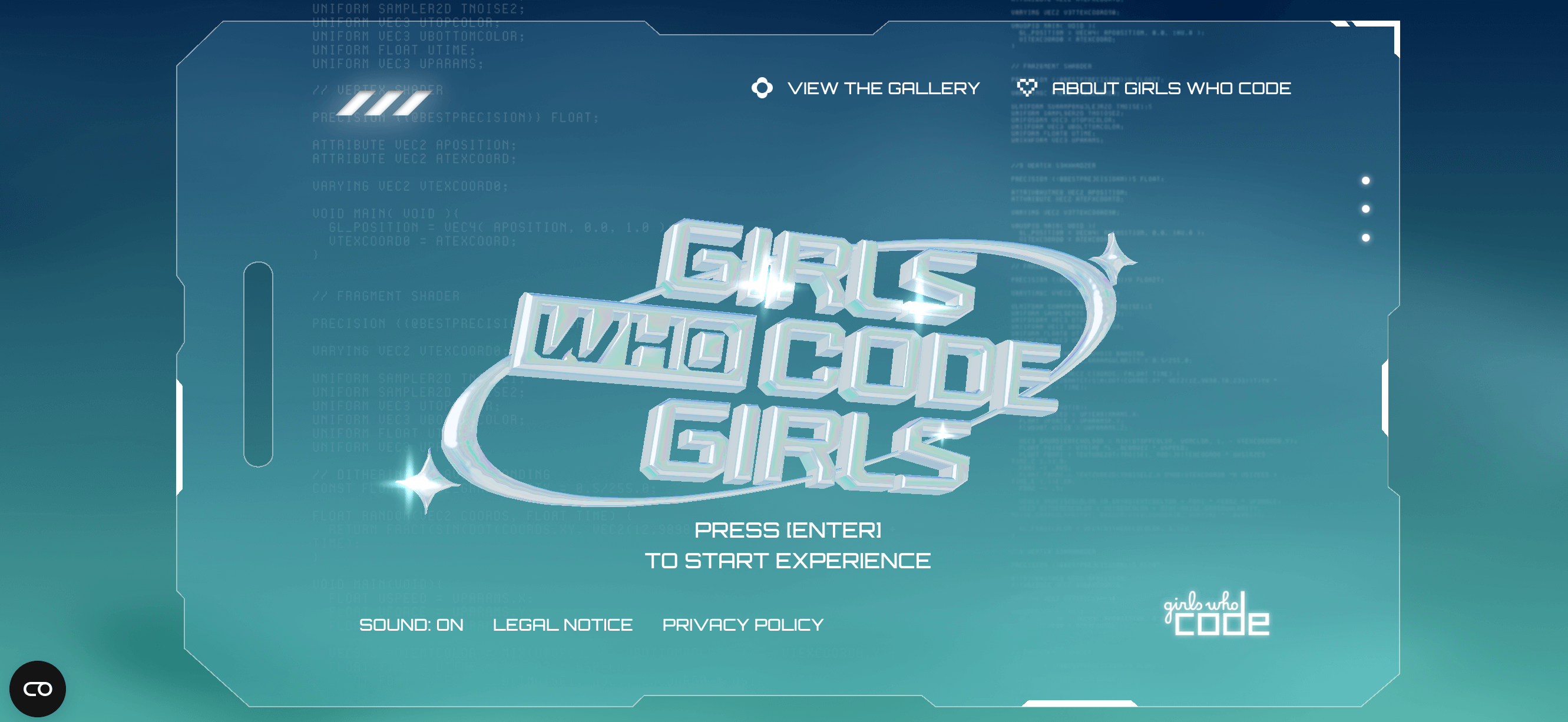
5) Podcast
Podcasts are a popular medium for sharing valuable content and building an audience, and they are particularly suited to knowledge-sharing via long-form conversations, Q&As, or deep dives on specific topics. If you don’t have the resources to start your own, asking to guest on other popular podcasts (particularly in your industry) is a great place to start.
Tip: Create a podcast that provides insights, tips, and advice for educators and students. Invite experts in the field to be guests on your podcast, and leverage their audience to build your own. (To start, see Hubspot’s excellent guide to start a podcast.)
Example: To help their audience learn and practice language, Duolingo created a podcast that features easy-to-follow, fascinating true stories in various languages with the goal of helping students sharpen their language skills in an entertaining way.
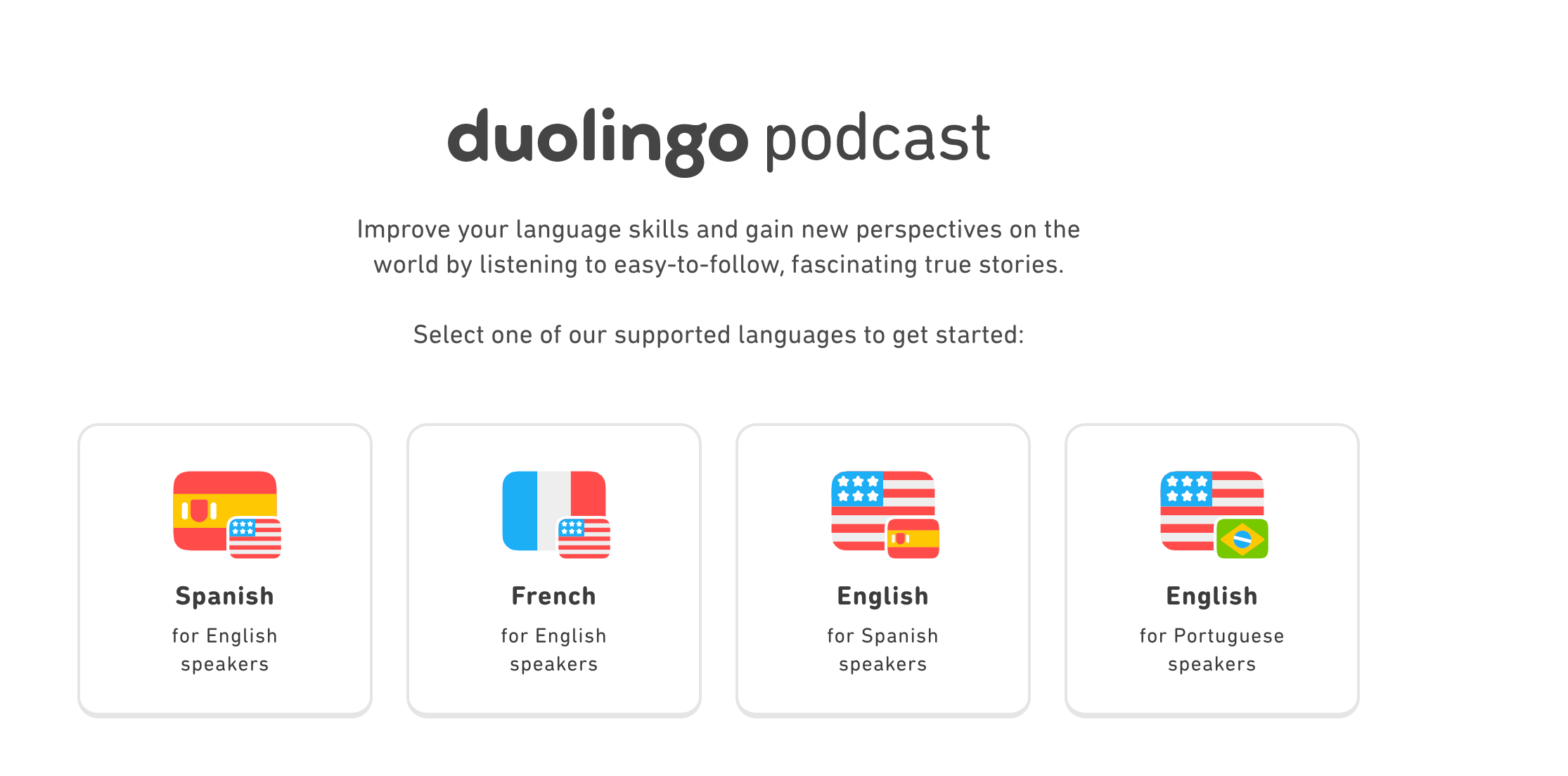
Note: Fictional narrative podcasts can also serve a unique educational and entertainment purpose. These are becoming more popular, and brands that experiment with the medium effectively may be able to carve out a unique niche. Find out how we helped SAP create an award-winning fiction podcast.
6) Guest Post
Guest posting on relevant blogs and websites is a great way to reach a new audience and build your brand. Identify websites that your audience visits and create valuable content that aligns with their interests. Be sure to include a link back to your website to drive traffic and generate leads.
Tip: In addition to offering content to industry partners, partnering with a publication to create a piece of content can be a smart way to increase brand awareness and build credibility. See our tips to create publication-tailored content that expands your reach.
Example: Luke Sophino, founder & CEO of CourseKey, regularly contributes to Forbes Council to share his perspective on the industry.
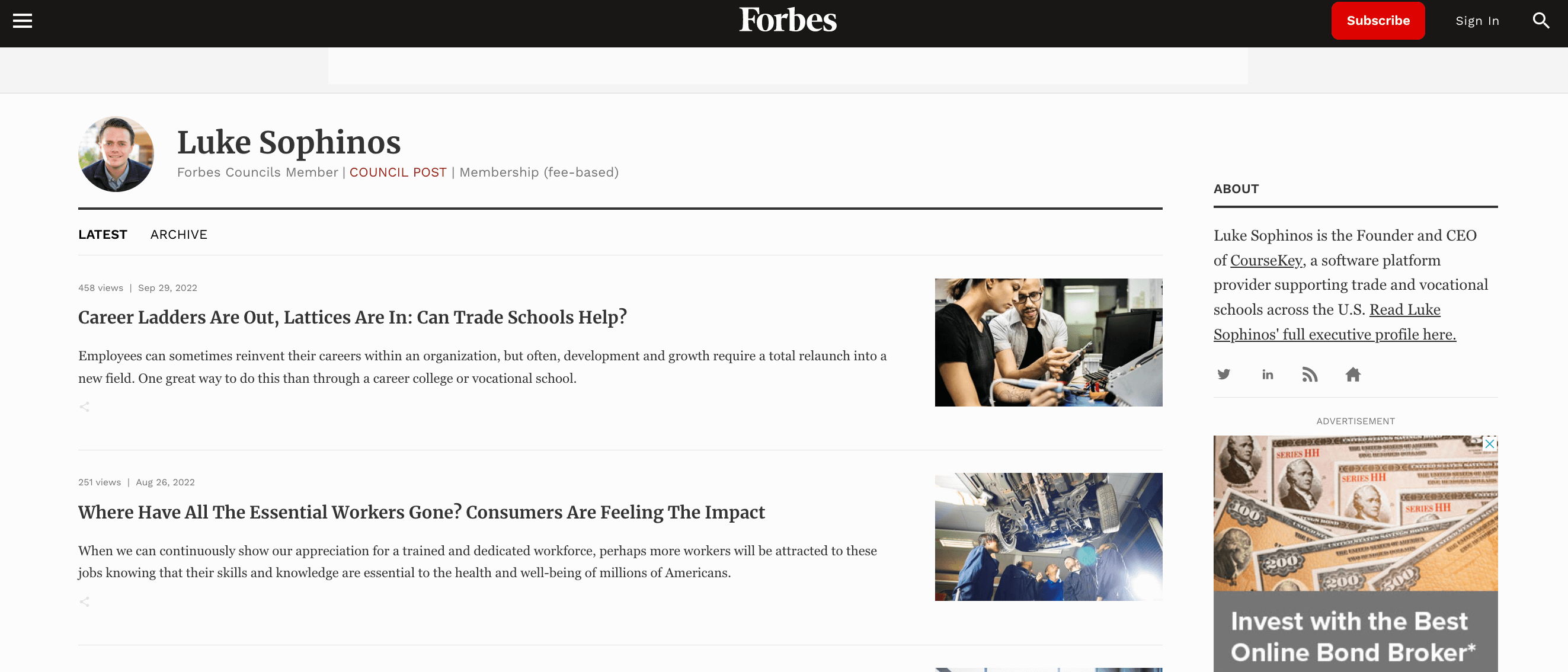
7) Video
Video is an engaging medium for communicating your message and showcasing your products, and it is more relevant than ever as social platforms like TikTok, Instagram, and YouTube push video (especially short-form video) to the front. Fortunately, there are more ways to share your brand via video than ever before.
Tip: If you haven’t experimented with video before, create an explainer video that highlights the benefits of your product and how it solves your audience’s pain points. You can also explore low-lift ways to produce video remotely if you’re working with a distributed team.
Example: ELM Learning’s explainer video communicates the brand’s value in a simple, elegant way, helping quickly and easily educate without overwhelming their audience.
8) Infographics
When it comes to visual learning, infographics are one of our favorite tools. By translating concepts into easy-to-understand visualizations, you not only communicate more effectively but increase the memorability of the content. Best of all, you can slice up larger infographics to promote on social (aka turn them into microcontent) to expand your reach across a variety of platforms.
Tip: Look for ways to condense ideas, explain a hard-to-grasp concept, or visualize an interesting piece of data for your audience. You can also see our guide to create effective infographics, and follow best practices for data visualization.
Example: We helped Course Hero create thousands of infographic study aids to help their student users remember key points of popular novels. By visualizing the key information, we created a helpful (and much appreciated) piece of content that furthered the brand’s purpose and enhanced their users’ learning experience.
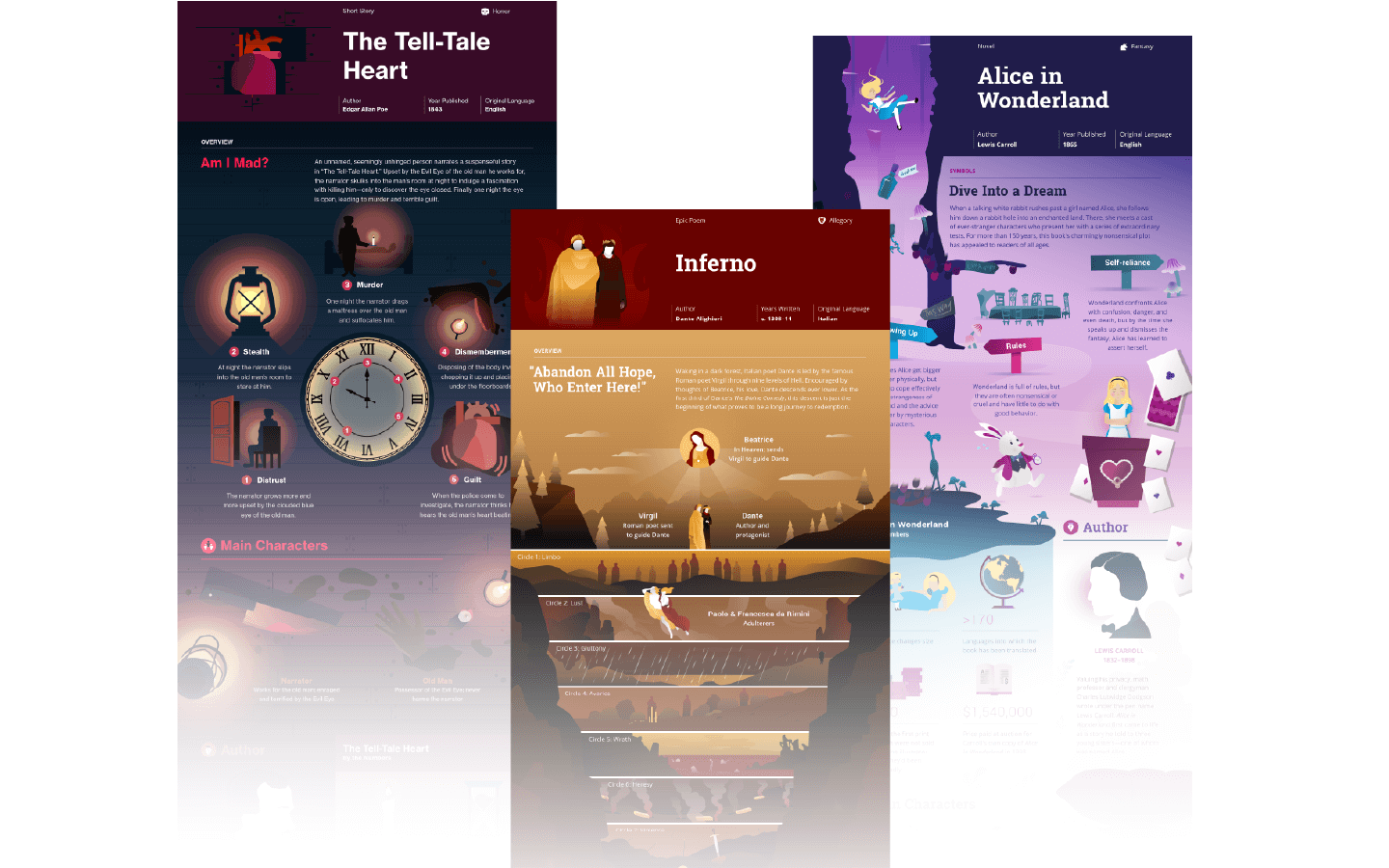
9) Webinars
Webinars and events are a great way to build community, share knowledge, showcase expertise, and welcome your audience into conversations. (They’re also a great lead gen tool and easier than ever thanks to a variety of creation tools.) You can do a deep dive into a hot topic, interview an expert, or host a simple roundtable discussion. You can even pre-record them.
Either way, webinars are a great way to educate your community and bring together thought-leaders—without producing a full in-person event.
Tip: Use the footage to create more evergreen content (think notable moments, highlights, or pullquotes).
Example: Class Craft hosts a variety of webinars on all sorts of education-related topics. They also provide free downloadable slide images featuring the key takeaways (another low-lift way to add value after the webinar is complete).
10) Culture Content
In an increasingly competitive market, your brand personality can sometimes be the most effective way to stand out. Showcasing the people and places behind your brand is a great way to humanize your brand and show people who you really are.
Tip: Create content that aligns with your company’s culture and values. See these examples of how other brands have done that successfully, and get more tips to turn your culture into content.
Example: As much as we love their podcast for creativity, Duolingo absolutely dominates the culture marketing game. Their TikTok is one of the best on the entire platform, as their employees and ever-present mascot joke, educate, and entertain you in every single video.
@duolingo
How to Keep Winning the Content Game
We hope you find these tips helpful as you continue to build a strong marketing strategy. Remember: If you want to be successful long-term, you need to ensure every part of your strategy is accurate and up-to-date.
- Know your customer journey. Use our free customer journey template to ensure you’re sending the right messages at the right time—in every piece of content.
- Focus on value. Your audience’s wants and needs matter more than the content you think you should be creating. Document your personas and vet your ideas according to each audience segment.
- Measure your goals. You can only manage what you measure, so make sure you have your goals on paper—and the right infrastructure to measure your ROI.
Of course, no matter what content you’re creating, scaling your marketing can be a challenge. If you need a partner to support you, see our tips to find the right content agency, or see our FAQs to find out what it’s like to work with us. Above all, stay educated, keep experimenting, and remember: marketing is a marathon, not a sprint.



